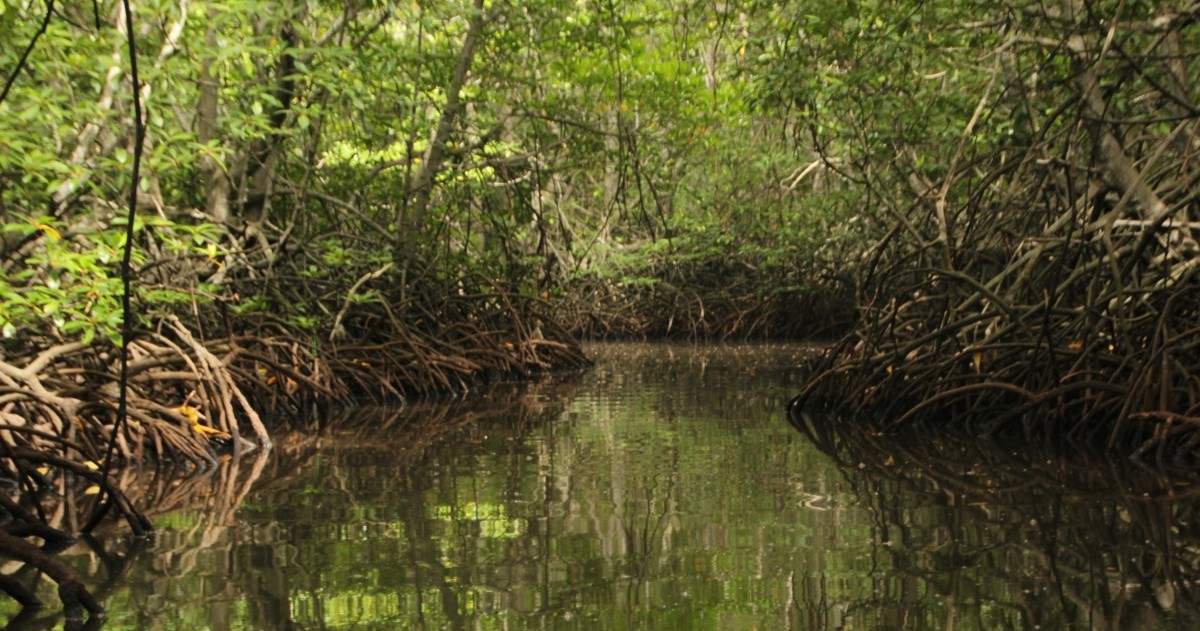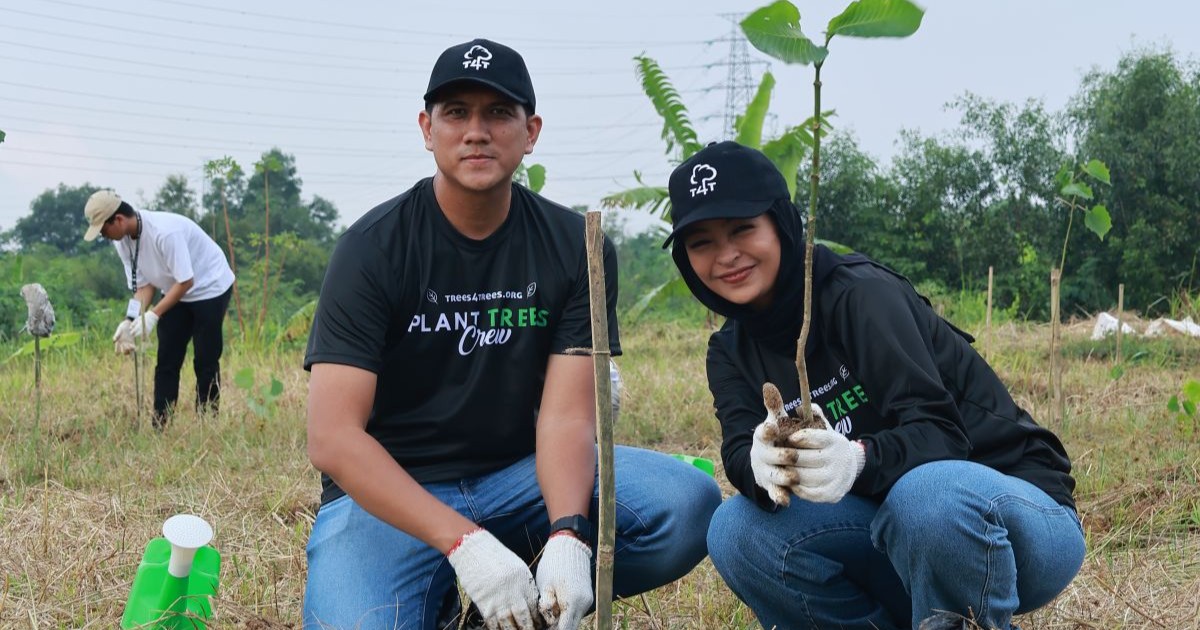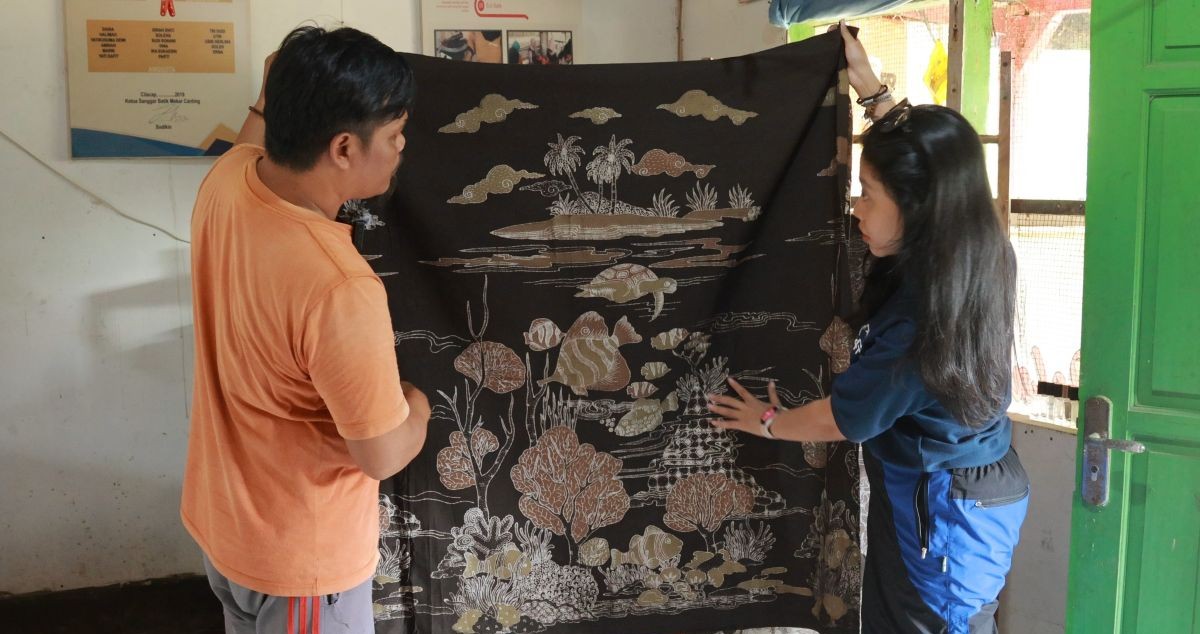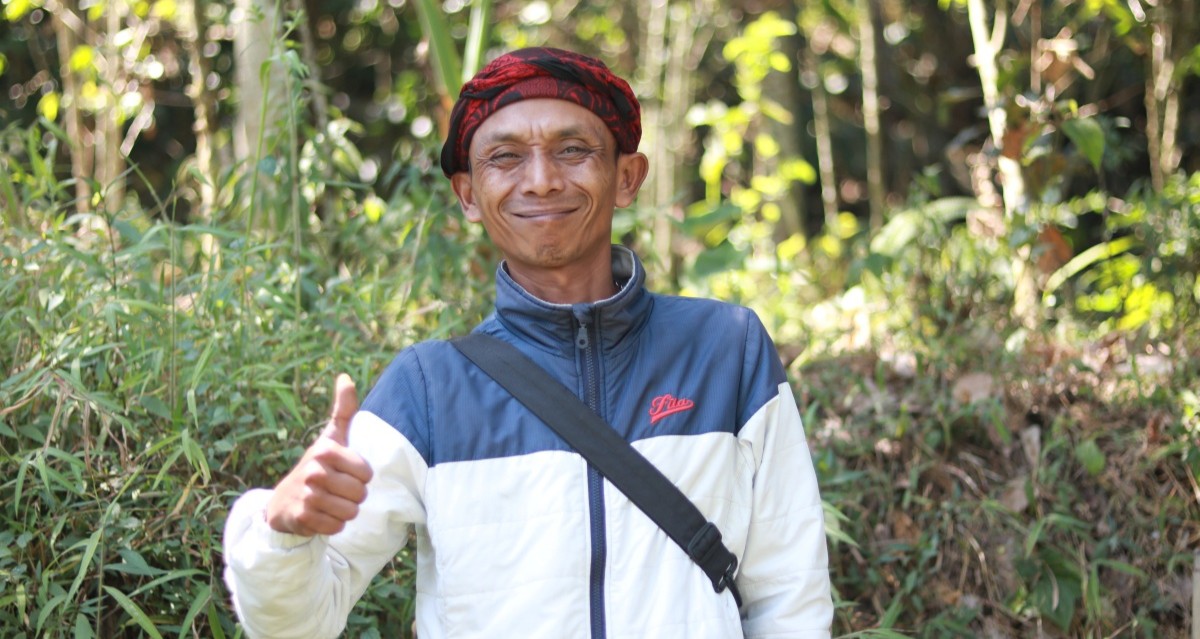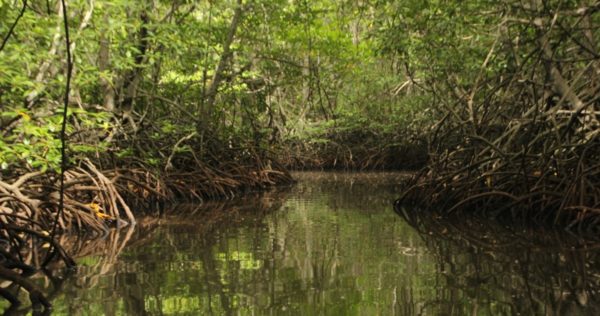
Mangrove forests are among the most important ecosystems on Earth. They are crucial for protecting life on Earth. Alongside salt marshes and seagrass beds, mangroves are part of the “big three” coastal ecosystem that is incredibly powerful at saving the planet. With their dense coverage, mangroves act as natural coastal barriers, protecting communities and serving as nursery grounds for biodiversity.
Their remarkable ability to sequester vast amounts of carbon helps stabilize the planet’s temperature. It makes them as key weapons in the fight against climate change and preventing global warming from worsening. However, global mangroves populations have been threatened by overexploitation and coastal development, leading to significant losses in recent decades.
Here are some fascinating facts about mangroves and their spectacular ability! These facts are also highlighting the importance of why we should pay more attention to protecting them from damage and disappearance.
Mangrove forests store greater carbon than terrestrial forests
Mangroves cover only 0.1 percent of the planet’s surface. However, latest studies suggest that mangrove forests can sequester carbon 10 times greater than mature tropical forests annually. Scientists also estimate that mangroves store an average of three to five times more carbon than tropical forests in the same size of area. Most of the carbon is stored in the sediment beneath the trees. It can remain bound there for decades, centuries, or even millennia.
However, when these habitats are destroyed, they will lose their capacity in sequestering carbon. Additionally, they will also release a huge amount of carbon, increasing greenhouse gas levels in the atmosphere.
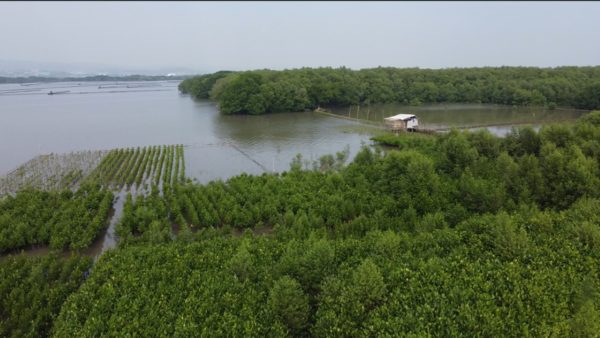
Coastal defense against floods and tidal waves
Mangroves have a strong and intricate root system which helps to bind the soil and prevent coastal erosion. These roots also intertwine to form a dense brush above the water that can break waves and absorb wave energy. It is including the hurricane-generated waves or tsunamis.
Mangrove forests reduce the impact of tidal waves and floods by decreasing the height and velocity of incoming waves. They distribute water among the creeks and canals within the mangroves. This way will reduce the inundation level and the power of waves striking residential areas, farms, or ponds owned by coastal communities.
A study found that during the deadly 2004 Indian Ocean tsunami, areas with coastal forests, including mangroves, suffered less damage.
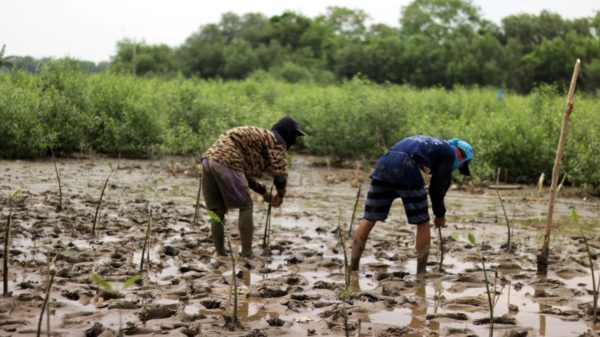
Incredibly adaptable to the harsh condition and can grow in salty water
Mangroves are naturally adapted to thrive in coastal zones and harsh coastal conditions. They are highly salt-tolerant, able to survive in water up to 100 times saltier than most plants. Mangroves can filter out up to 90% of the salt in seawater. Furthermore, some species have leaves that excrete excess salt.
Some mangroves have special roots called pneumatophores that extend above the water to absorb oxygen. These roots, with tiny openings take the oxygen in. However, these parts can easily get clogged by pollutants like oil, be damaged by parasites, or be affected by prolonged flooding. Over time, these environmental stresses can kill large areas of mangrove forests.
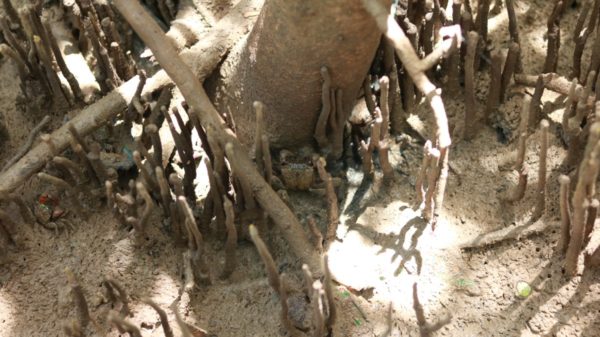
Mangrove ecosystems are among the most biologically diverse on Earth
It is estimated that there are about 80 mangrove species, making this ecosystem highly diverse. Mangroves thrive in tropical and subtropical latitudes. They range in height from small shrubs to 40-meter-tall trees above the water. Despite their differences, all mangroves grow in low-oxygen, high-salinity coastal environments. Each species has its own unique characteristics suited to its native ecological habitat. Therefore, planting the wrong type in the wrong place will prevent the mangrove from surviving.
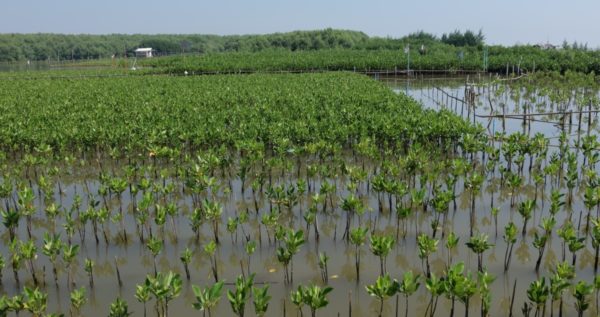
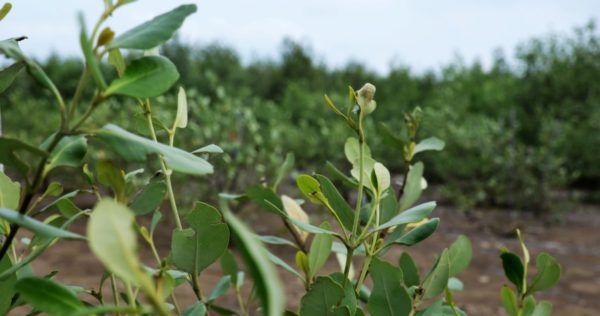
Indonesia boasts the largest mangrove cover in the world
Indonesia, where Trees4Trees focuses its reforestation efforts, boasts the world’s largest mangrove population. The country accounts for 23% of the global mangrove coverage, with 3 million hectares of mangroves. As the comparation, the size is over 40 times the size of Singapore. Indonesia is home to approximately 45 of the world’s 75 true mangrove species. Some of them are growing as tall as 50 meters.
However, Indonesia also experiences the highest rate of mangrove destruction globally. From the 1970s to 2007, the FAO reported that around 40% of Indonesia’s mangrove forests were lost. Residential development, agriculture, and aquaculture are the most factors that caused the degradation.
Read more: Mangrove Types in Indonesia and Their Benefits
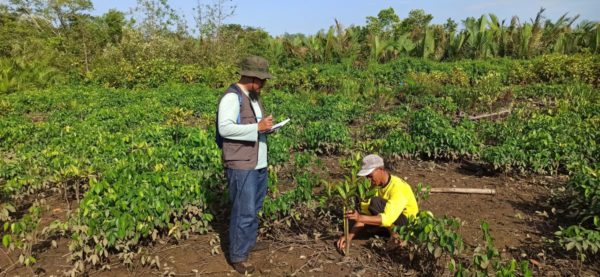
Contributing to the mangrove restoration in Indonesia, Trees4Trees has been planting mangroves since 2021. Trees4Trees has planted mangroves in various areas of the Java Islands, including Pati, Semarang, and Cilacap. Over 150,000 mangroves have already been planted, with more to come. In Cilacap, Trees4Trees aims to plant 16,000 mangroves to restore the degraded forests of Ujung Alang Village this year. This village has suffered from land conversion into shrimp ponds. Our mission is to revive the mangrove ecosystem and support the livelihoods of local communities.
Read also: Restoring Mangrove in Cilacap, Central Java
We invite you to join our mangrove restoration efforts. By partnering with us to plant mangroves, you or your company can make a positive impact on both the environment and the community.
Contact us to get involved in this program!

